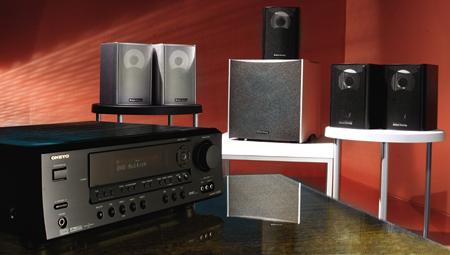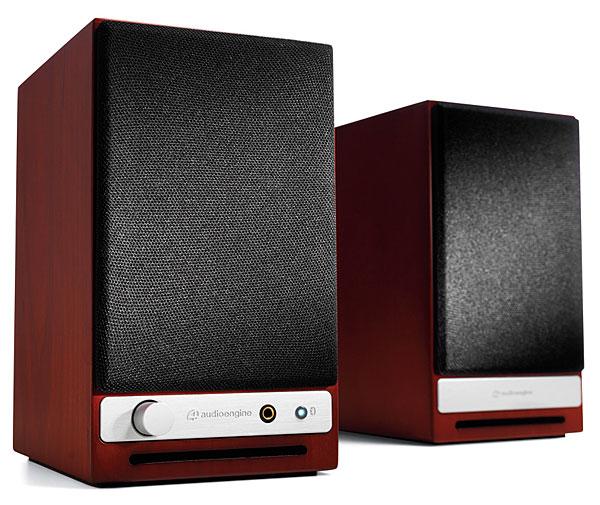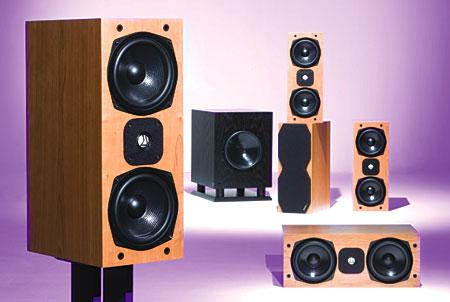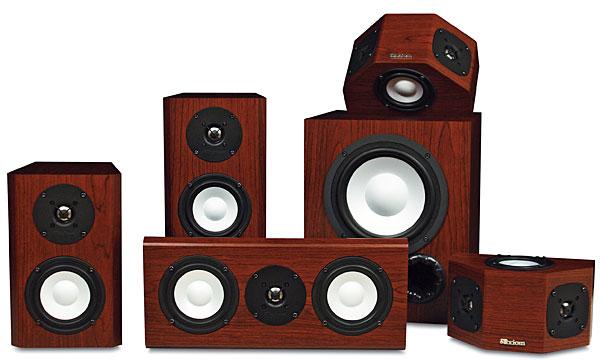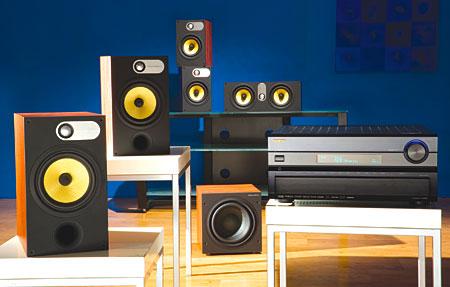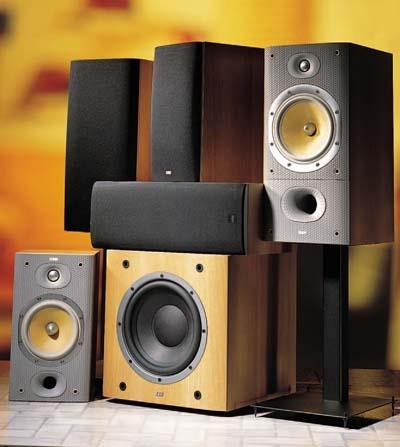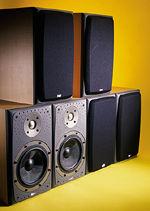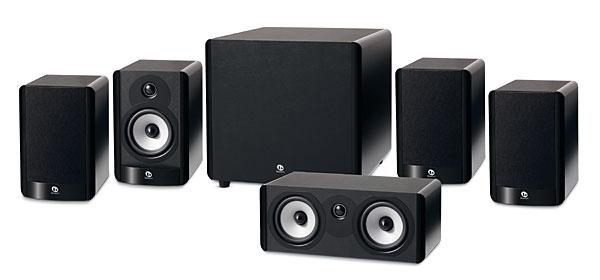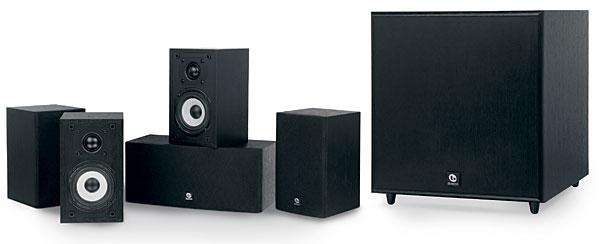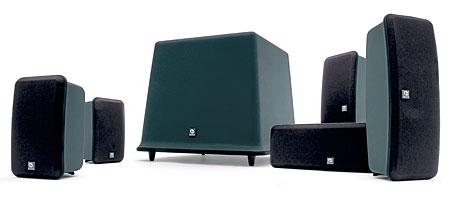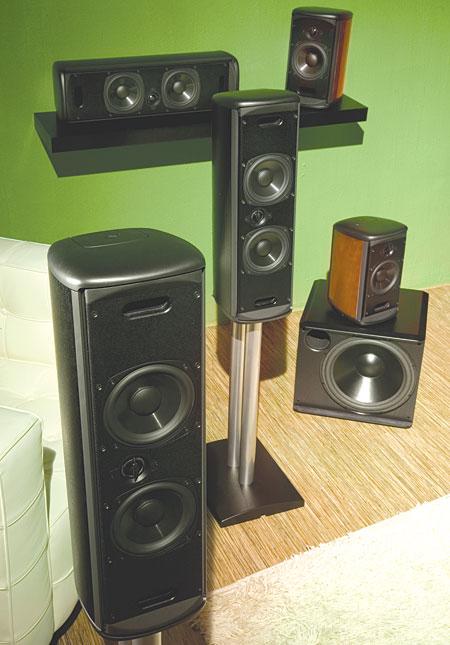Bookshelf Speaker Reviews
Sort By: Post DateTitle Publish Date
|
Jul 20, 2005
|
Jun 20, 2017
|
Jun 27, 2013
|
Mar 18, 2008
|
Apr 09, 2003
|
Nov 07, 2001 |
First Published: Nov 08, 2001
|
Jul 31, 2001 |
First Published: Aug 01, 2001
|
Dec 16, 2011
|
Apr 03, 2013 |
First Published: Apr 02, 2013
|
Dec 10, 2007
|
Aug 06, 2007 |
First Published: Jul 06, 2007
